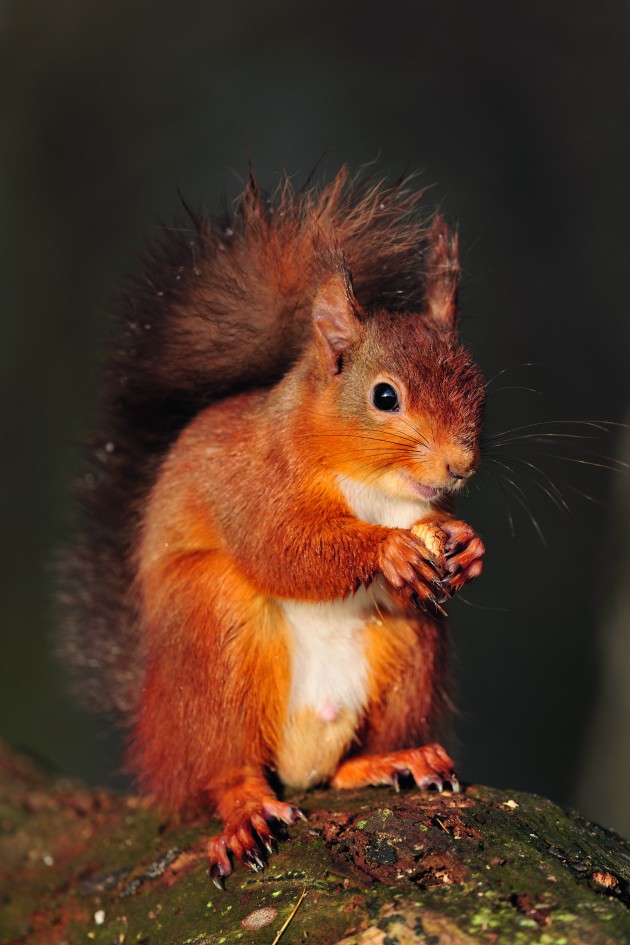What is the future of the red squirrel?
We need as many people as possible on the ground, trapping and shooting grey squirrels at a scale able to achieve results, says Robin Scott.

The population of red squirrels in the UK has dropped to a measly 140,000
This week is Red Squirrel Week (Sat 26 Sept – Sun 4 Oct)
It’s a travesty that we’ve allowed grey squirrels to out native reds in much of England and proliferate to such an extent that their numbers have now reached an estimated 2.5million.
Thanks to squirrel pox spread by greys, the UK’s red population has collapsed to a measly 140,000, with most of these now confined to Scotland and parts of northern England.
What this means is that millions of people – including countless thousands of shooters and fishermen – have been denied the enriching and unforgettable experience of seeing a red squirrel in the wild.
Numbers might be at a dangerous low, but things would be a whole lot worse if not for the work of so many voluntary groups controlling greys in those parts still blessed with Squirrel Nutkin.
Saving the reds
The most recent initiative is the UK Squirrel Accord, bringing together more than 30 organisations already dedicated to fighting the grey plague. Its first task is to secure the future of the reds we still have and then, actually expand its population by killing off greys.
What this means, in practical terms, is having as many people as possible on the ground actually doing the trapping and shooting on a scale able to achieve results. In this respect, the British Association for Shooting and Conservation – the latest organisation to sign up to the Squirrel Accord – will do a power of good. It is going to set up clubs of BASC members dedicated to targeted culls.
What I find interesting and a little intriguing is that the good old Royal Society for Protection of Birds with its slogan “Giving Nature a Home” is also a signatory to the Accord, as well as that excellent organisation, Saving Scotland’s Red Squirrels.
The RSPB, while recognising “the extreme threat posed to red squirrels”, admits to carrying out only limited culling (whatever that means) on its reserves where the two species come into contact.
The red’s biggest predators are birds of prey
The intriguing part in all this is that one of the red’s biggest predators are – yes, you’ve guessed – birds of prey, particularly buzzards and goshawks.
I can’t comment on goshawks but I can attest to the other’s destructive abilities having twice watched buzzards take the top out of red squirrel dreys and eat the newborn kits. That was in Angus, but I can’t believe this sort of skullduggery is confined to just that corner of the country. Multiplied across Scotland and the north of England, it probably equates to a lot of precious little nutkins.
I stand to be corrected, but I haven’t yet heard of the RSPB supporting any application to kill or remove problematic buzzards under licence.
Will it now make exceptions under its stated and clear commitment to protect greatly endangered red squirrels? As they say, “watch this space!”








